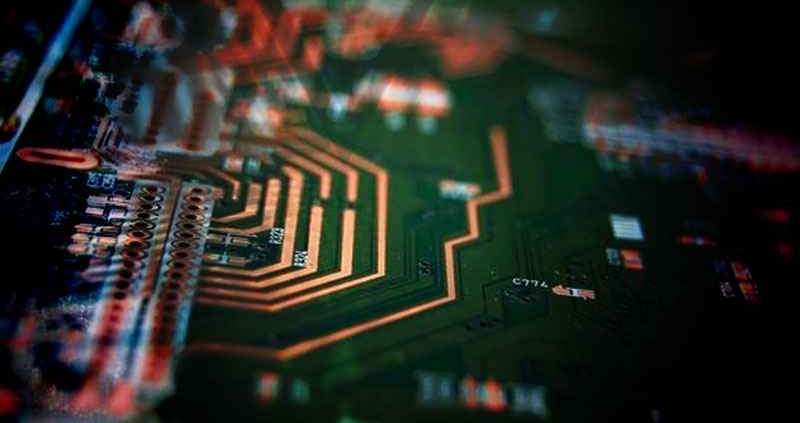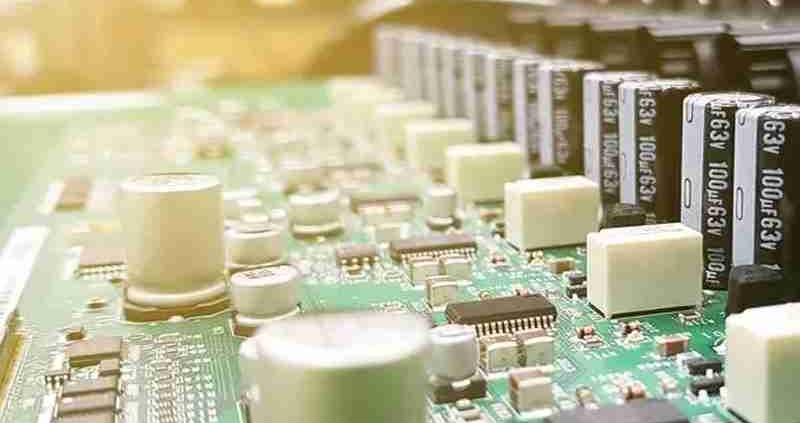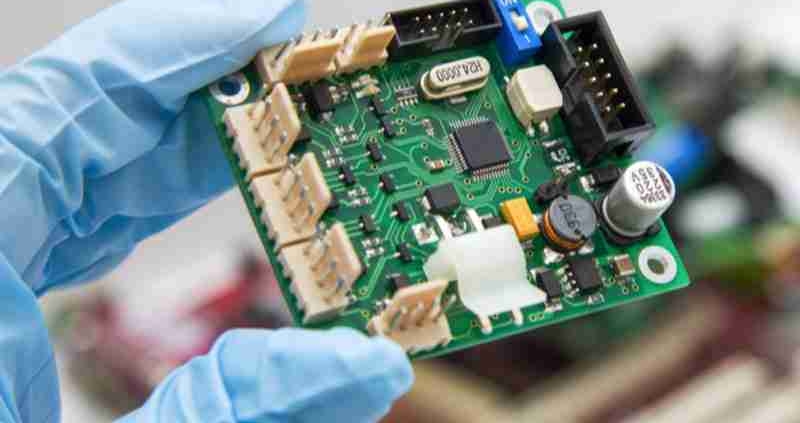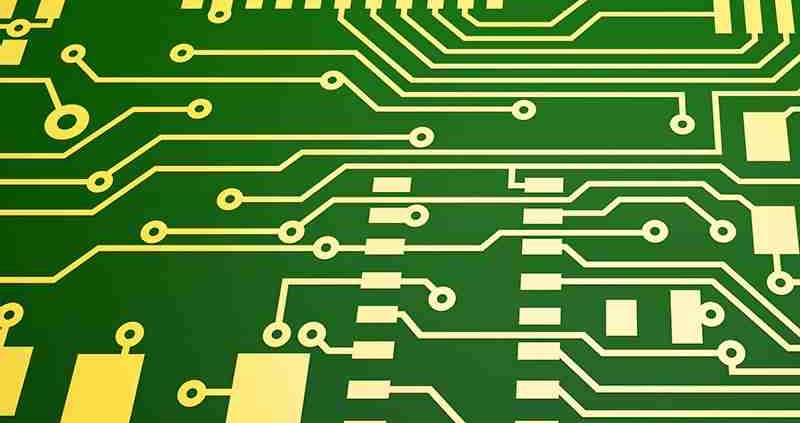Now C-Alley is using the leading edge technologies such as ball-grid arrays (BGAs), chip scale packaging, flip chips, QFNs, DFNs, and others. It shines x-ray radiation through a component package like a BGA to view images including wire bonding, solder joints, and solder defects, if any. Standard x-ray inspection is used for simple applications, whereas high-end x-ray is used to detect such defects as head-on-pillow, disjointed balls on a BGA package, wire bonding damage, and other similar problems.
C-Alley is a PCBA manufacturer who is dedicated to offering high quality PCBA products to worldwide customers. Please send us your Gerbers and BOM,we’ll quote for your A.S.A.P.
Today we’re going to discuss about the problem that why the etch pads are not big enough for vias?
As designs get more compressed, conductors, spaces and pads continue their march to be smaller and smaller. Designers are left trying to squeeze pad sizes in order to route traces within BGAs or other tight component packages.
There is often confusion related to drawing requirements for drilled holes and the sizes manufacturers actually drill to achieve the drawing requirements. Let’s clear that up and talk about strategies to gain as much room as possible, while maintaining adequate annular ring.
First, let’s not forget fillets at the via-to-trace transition. This is absolutely required, especially if Class 2 annular ring is called out. It provides a level of insurance against breakout at the via-to-pad transition, which could lead to an open circuit. It is also good design practice, as it improves etch quality and provides mechanical strain relief, reducing potential for cracking.
So what’s the deal with drilled holes? We will concentrate here on mechanically drilled holes, not laser microvias. (That is a topic for another day.) When a drawing calls out a hole size, it will usually have a tolerance, such as 0.010″+/-0.003″. When this happens, the PCB manufacturer must select a drill size that compensates for all processing so the finished hole will meet the drawing requirement. The manufacturer will aim for the center of the drawing window, so in the case of 0.010″+/-0.003″ they will try to finish at 0.010″ or slightly above that. If the tolerance is not centered on the nominal hole – e.g., 0.010″+0.002″/-0.004″ – they will aim for the middle of the range, in this case 0.009″.
To make this work, they will add allowances for copper plating and final finish to the finished size. Typically, they will drill about 0.002″ to 0.003″ above the maximum allowable finished hole size. In the case of our example, they will drill at 0.015″.
This eats into the annular ring, especially for the internal layers. Say you designed a 10 mil pad and coupled that with a 20 mil pad, and thought you had plenty of room. However, the internal layers are now down to 2.5 mils of annular ring at design. Making IPC minimums for internal annular ring on the finished product will be unlikely.





